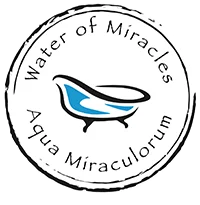
Ultraviolet radiation protection potentials of Methylene Blue for human skin and coral reef health
This study investigates Methylene Blue’s (MB) potential as a sunscreen ingredient for UV radiation protection. MB, traditionally used as a medicine and dye, is recognized for its antioxidant properties, combating ROS-induced cellular aging in human skin. The study tested MB’s efficacy against UVB-induced DNA damage in human keratinocytes, finding that MB treatment significantly reduced DNA damages and subsequent cell death caused by UVB irradiation.
In a comparative analysis, MB outperformed Oxybenzone, a common sunscreen ingredient, in absorbing UVB rays and preventing UVB-induced DNA damage. Notably, MB also efficiently cleared UVA-induced cellular ROS, surpassing the effects of Oxybenzone. Additionally, unlike Oxybenzone, which is harmful to aquatic ecosystems and coral reefs, MB-containing seawater did not adversely affect the growth of the coral species Xenia umbellata.
These findings suggest that MB is not only an effective protection against UV radiation but also environmentally friendly, making it a promising alternative to Oxybenzone and other chemical sunscreen ingredients. MB’s broad-spectrum UV absorption, combined with its ability to mitigate DNA damage and promote cell survival, positions it as a potential ingredient for coral reef-friendly sunscreens offering comprehensive skin protection.



